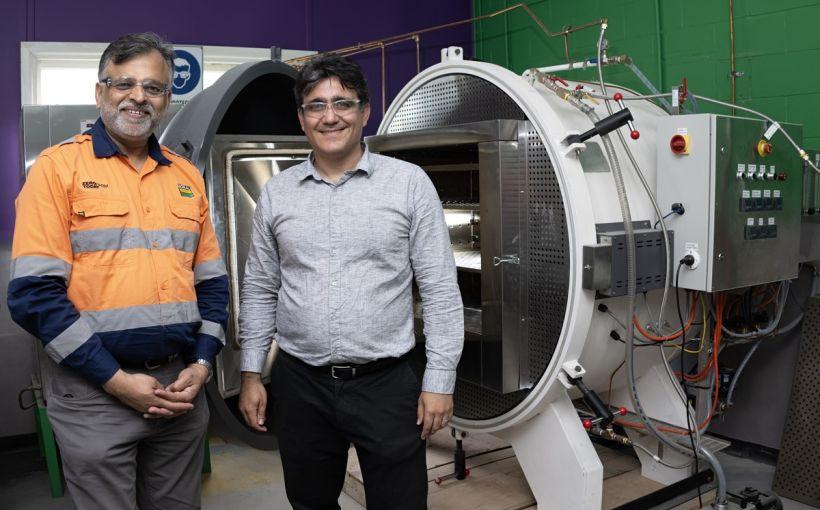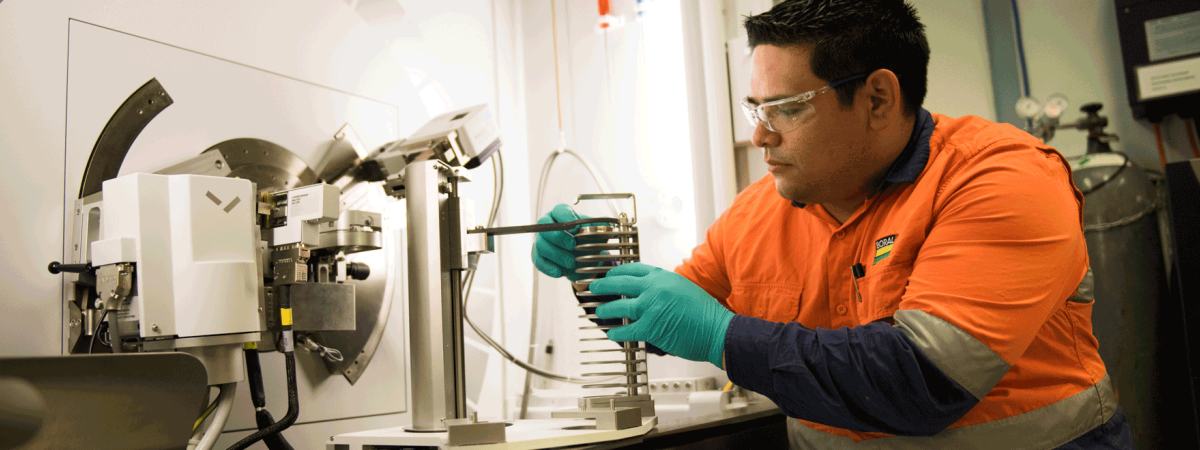We continue to advocate for the potential of recarbonation, which is a process where carbon dioxide is absorbed by the concrete used in buildings and infrastructure through their service life and end of life phases.
The process has been acknowledged and confirmed by the Sixth Assessment Report of the United Nations Intergovernmental Panel on Climate Change and we think it is important that it is recognised here in Australia.
The potential of recarbonation has been recognised by VDZ in its Decarbonisation Pathways for the Australian Cement and Concrete Sector report.
Studies estimate that the CO2 uptake through recarbonation of concrete could range from 20% to 55% of process CO2 emissions during cement manufacturing.
The SBTi’s Sectoral Decarbonisation Approach for the cement sector recognises that natural recarbonation will be explored as a way for the cement industry to reach net zero via neutralising its residual emissions.
What is recarbonation?
Research at Maldon
Through our Carbon Capture and Storage (CCS) Lab, our Sustainability and Innovation team are building their understanding of the process of mineral carbonation and its exciting potential application to decarbonising cement and concrete manufacturing.
In this steel chamber, material including our recycled concrete aggregates get subjected to varying temperature and levels of carbon dioxide to simulate the process of recarbonation which allows capture and permanent storage of carbon dioxide in the material.
"While supporting our efforts to optimise the mineral carbonation process as a carbon capture and storage technology, this chamber also helps us validate and gain a better understanding of natural recarbonation of concrete," says our Head of Sustainability and Innovation, Dr Ali Nezhad.
The extensive testing performed using this carbonation chamber is part of our efforts to examine its efficacy as a form of carbon capture, and advocate for its recognition here in Australia.


